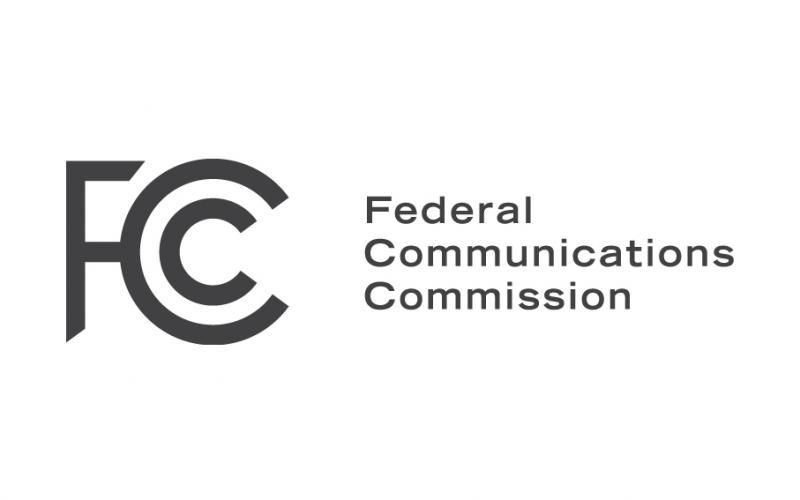FCC to expand broadband access to more than 100 rural Texas counties
Almost 34,000 Texas homes are going to be receiving internet access as part of the Federal Communications Commission’s broadband expansion plan, according to a release from the FCC. This expansion will bring broadband to almost 100 counties across the state and more than 200 homes across the Stephens, Throckmorton, Palo Pinto and Shackelford County area.
The measure, passed on Monday, July 15, is part of a broader plan that will see nearly $1.5 billion allocated to expand broadband and internet access to more than 700,000 rural residents across the country, the release states.
This move is part of the third wave of the FCC’s Connect America Fund Phase II Auction, which had its first two waves in May and June of this year, respectively. Providers in this third wave will begin receiving funding this month. Despite the plan being rolled out over the next decade, Mark Wigfield, a spokesperson for the FCC, said the companies who are receiving the funding are required to build out on a schedule.
Specifically, 40% of their location has to be served within the first three years. An additional 20% is required every year after, which means the locations listed must be served 100% after six years. In Stephens County, 88 homes are expected to receive broadband access. Throckmorton has 112, while Shackelford has three and Palo Pinto has 18.
Services in all Texas counties will be provided by Nextlink Internet, an internet service provider owned by AMG Technology Investment Group. Shackelford and Palo Pinto will receive 25 megabits per second (download) and three mbps (upload), written as 25/3 mbps. Stephens and Throckmorton will have 100/20 mbps.
Wigfield said the plan’s origins date back to 2015, when the FCC made offers of support for rural areas to larger phone companies, such as CenturyLink and AT&T. Wigfield said these companies had the option to take subsidies from the government to expand their services on a state-wide basis.
Though, some of the subsidies went unclaimed, which led the FCC to hold a reverse auction. This opened up the offer to everyone.
“They were bidding for certain local areas, but the pot of money was nationwide,” Wigfield said. “So there was nationwide competition for who could provide broadband most efficiently.”
But before money could be allocated, these other companies needed to complete processes necessary to be able to sell and expand in these local areas. Fast forward to today and now the FCC is beginning to cut checks, Wigfield said.
This third wave is the first one Texas has begun to receive funding. In total, Texas was allocated about $82.4 million, and will see the remaining $5.7 million in future waves. In creating this plan, the FCC had an eligibility criteria for how they determined which homes and areas would receive the expansion, Wigfield said. He added there is not a map that shows which houses specifically will receive it, but they have it mapped down to the census block.
“Within those counties and census blocks, they’ll have to serve all the locations they said they (would),” Wigfield said.
Wigfield said a challenge with these types of plans is creating a system in a rural area that is not too expensive for consumers. Because of the more sparse population, the cost per resident for broadband services is more than it would be in an urban or suburban area. Wigfield said these subsidies help keep the prices down.
In talking about why the FCC decided to carry out this plan, Wigfield said it boils down to one of the fundamental purposes and goals of the FCC, which is to provide universal access to communication services.
“It’s under our statutory mandate to expand the availability of affordable communications to everyone,” Wigfield said. “Broadband is essential today as telephone services were 80 years ago …. This is simply an effort to meet our statutory mandate to provide affordable communication to all Americans.”
Stephens County Judge Michael Roach said he is happy about the expansion and is currently looking to get more information on who will be receiving broadband. The county commissioners discussed and approved the item at their July 22 meeting.
Roach said as it stands, the county will not have to do anything. But said the development will allow those in rural homes to have more flexibility in their service, such as having the ability to use WiFi calling if they don’t have great cellular service.
“Usually rural counties get overlooked,” Roach said. “The fact they’re investing money into infrastructure in rural areas is huge for us …. You have to fight for a rural way of life …. Texas still has a significant rural population. So I’m happy they’re doing it.”
Nextlink could not be reached for comment at the time of publication.
- Log in to post comments


